August turned out to be busier than I had thought when an event postponed from spring landed alongside others already planned for September. Suddenly I found myself preparing a series of events back-to-back – on behalf of IKEM.
I’ll be moderating two events, one online in English and one in Swedish in Stockholm. Both focus on future skills needs in the pharmaceutical industry. If you’re in pharma and curious, do join us!
On top of that I’ve stepped in to coordinate communications for the final conference of Mistra TerraClean.
In my July recap I talked about how companies adapt to change – or fail to. This month, that reflection took me underground. To a mine.
Not the large iron mine in Kiruna that’s been making international headlines as the city’s iconic church began its ceremonial move to safer ground (spectacular television, by the way). I was there years ago as part of a previous assignment. These study visits are one of the perks of working close to industry.
This month’s pictures are all from a mountain outside another town built around mining: Røros in Norway. I’ve shared pictures from the area before. In August I was on a private visit to Olavsgruva, the last mine that was in use. After three hundred years, global shifts changed the game. In the 1970s mines in Chile could produce more copper in a week than Røros’ had during three centuries. The mine closed. But the company thought (hoped) it was temporary and they left tools ready for the next shift. That day never came. Today, the mine is a UNESCO World Heritage site.
Everything is left, even the signs that this was a male only employer: a poster of a female on the wall in the rest area and the urinal. For its time, it took good care of employees. Unlike older mines, all workers were provided with light and batteries. But there was no protection from the deafening noise of the drills, so most workers ended up losing their hearing. Still: not a single fatal accident was ever recorded.
I hope my pictures work as a reminder how quickly we may change working conditions. And it is always worth remembering how industries rise, evolve – or become history. I’ll keep all these things in mind when we talk about future skills in pharma next month. I am sure those conversations are going to be interesting.
I plan to end September in France, speaking at an event organised by Svenska kyrkan i Södra Frankrike och Monaco. My topic? How our understanding of history shifts depending on who writes it. Even if I am happy to undertake all tasks that are necessary to bring events together I am at my best as a speaker or moderator.
PS! I’ve written a longer article in Swedish about Olavsgruva.
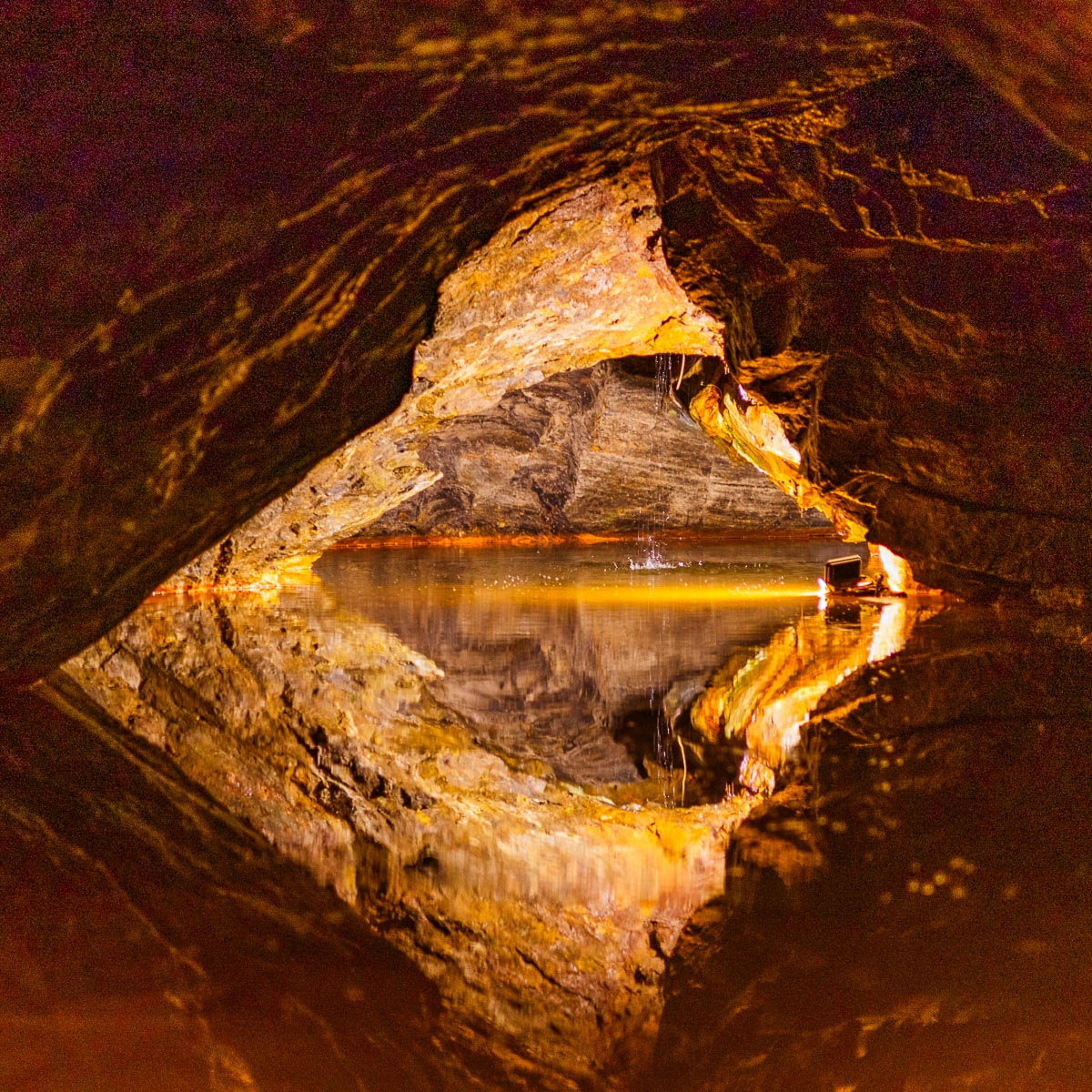
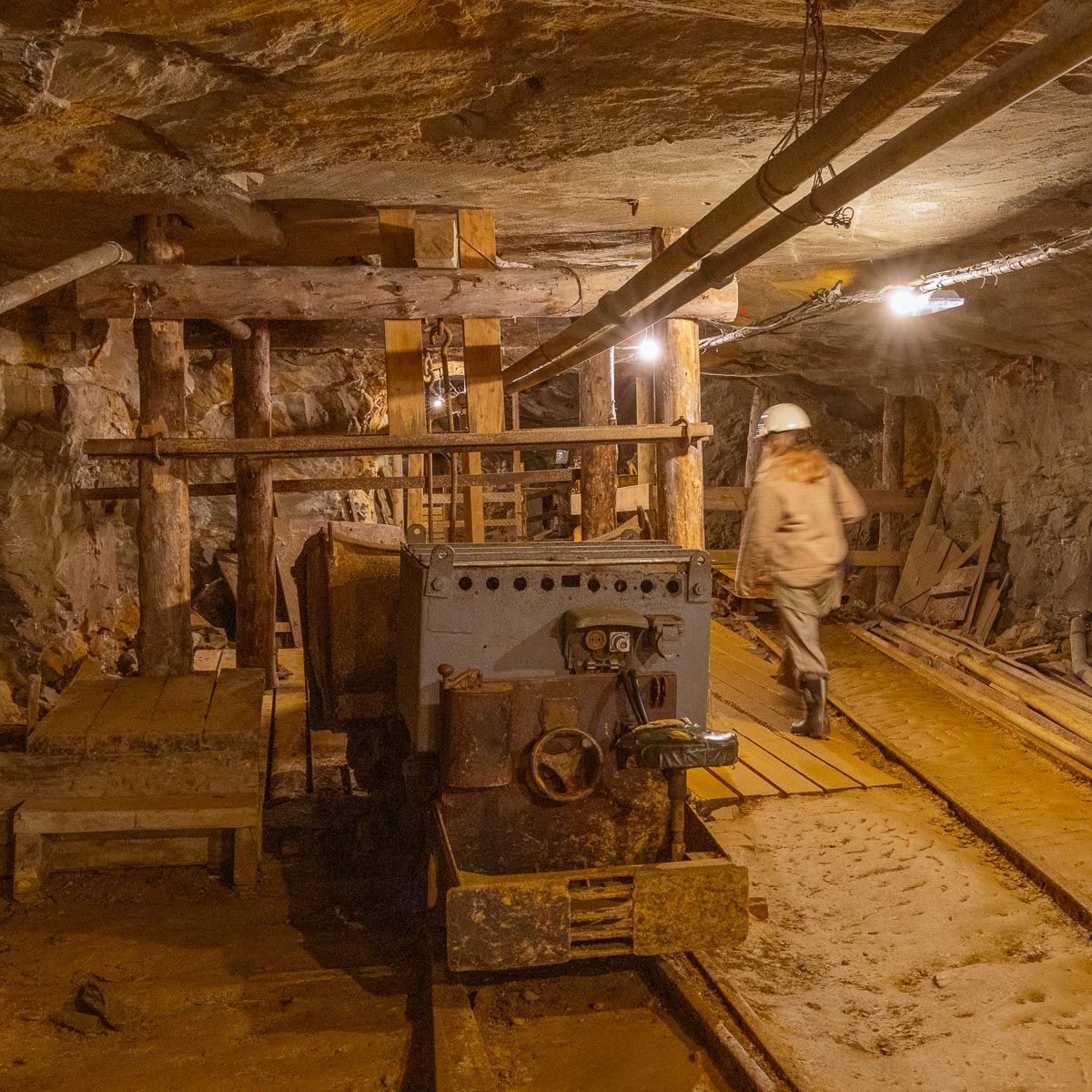
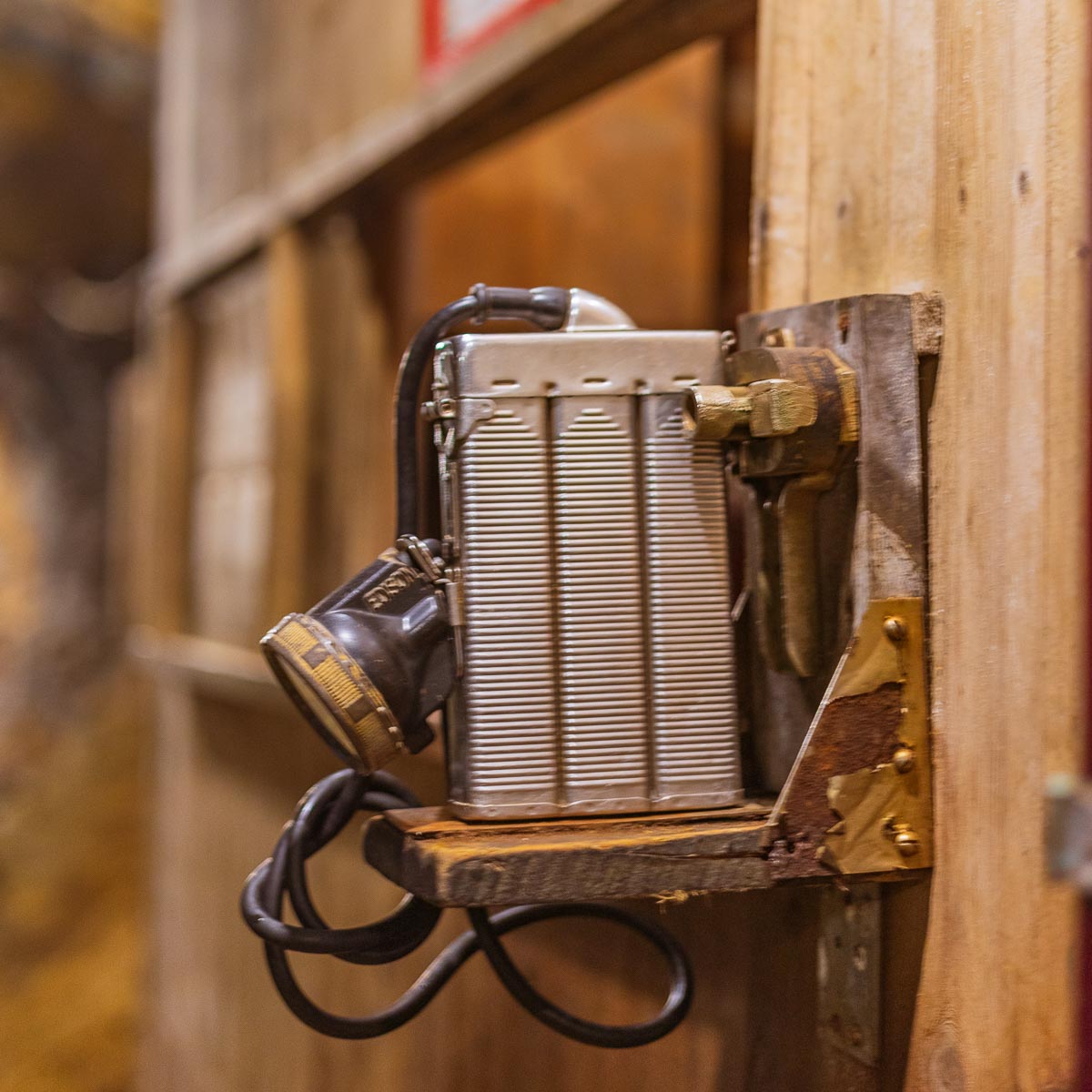
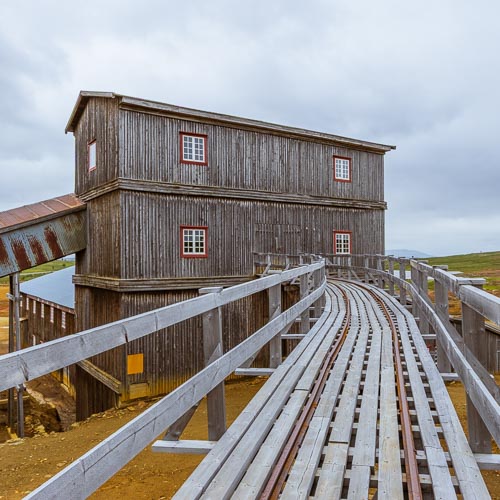
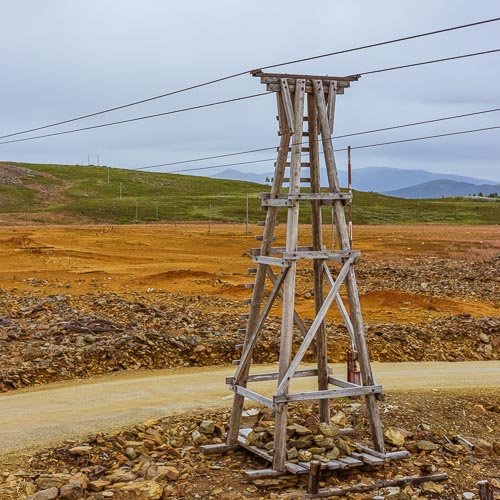
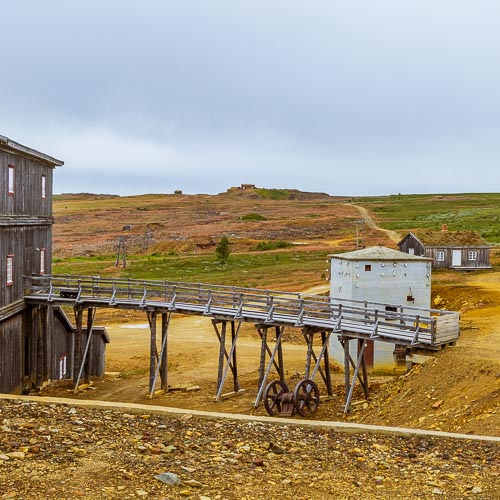
This monthly recap is written with the help of Claude and ChatGPT and is also published on my LinkedIn-profile.
- Höjdpunkter från mina år på IKEM - 14 oktober 2025
- Kristinas favoriter: Gässlösa bokskog i oktober - 1 oktober 2025
- September 2025: Delivering an Event-marathon - 30 september 2025
